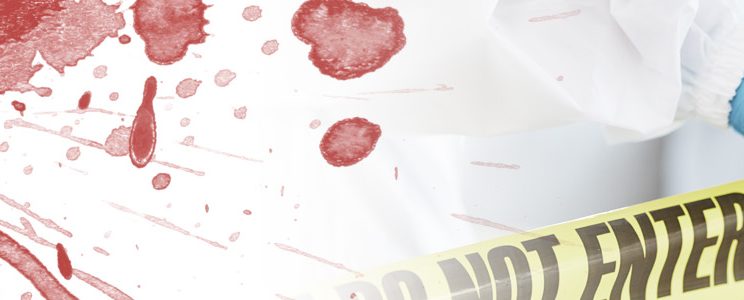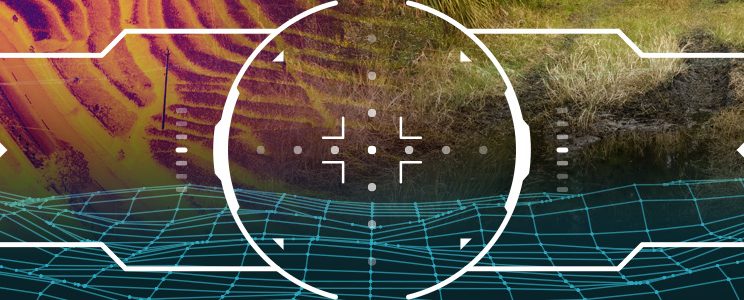Date
March 2022
Overview
Terrestrial LiDAR scanning devices (also known as terrestrial laser scanning devices, TLS) acquire complex geometric data that capture a three-dimensional representation of a scene; this technology is used in criminal justice applications such as documenting a scene. Although the use of this technology is increasing in criminal justice applications, no standardized, vendor-neutral guidelines for use are currently available for end users.
The NIJ, in partnership with the FTCOE, convened the Terrestrial LiDAR Scanning Working Group to create consensus-based best practices to standardize and improve the use and application of TLS in scene documentation and reconstruction. This guidance document intends to establish a minimum standard for capturing, processing, analyzing, visualizing, presenting, and storing TLS data in a forensic context. This resource was built to promote uniform implementation and use of TLS technology in practice. This will ultimately improve the practitioners’ ability to attain scientifically supportable conclusions from TLS data, ensure effective quality management procedures, and improve presentation of this information to stakeholders, including law enforcement, investigators, and the courts (e.g., prosecutors and defense attorneys, judges, and juries).
Funding for this Forensic Technology Center of Excellence report was provided by the National Institute of Justice, Office of Justice Programs, U.S. Department of Justice.
The opinions, findings, and conclusions or recommendations expressed in this report are those of the author(s) and do not necessarily reflect those of the U.S. Department of Justice.
Contact us at ForensicCOE@rti.org with any questions and subscribe to our newsletter for notifications.




